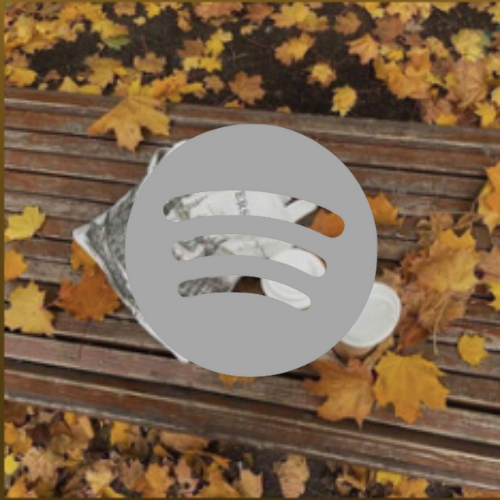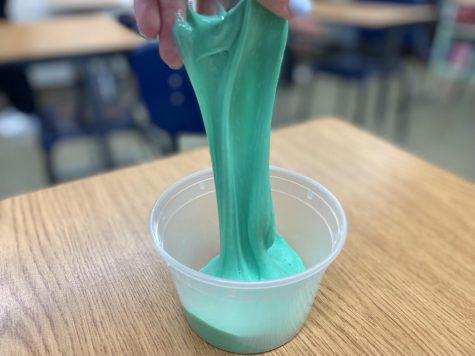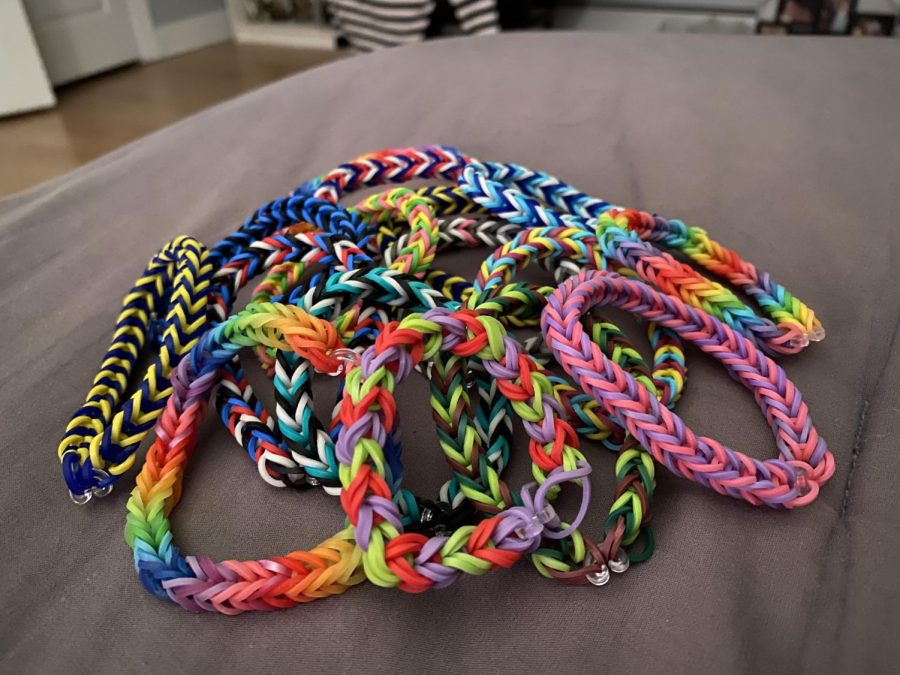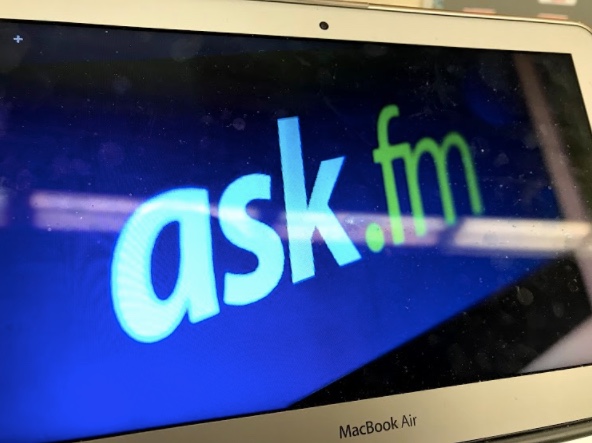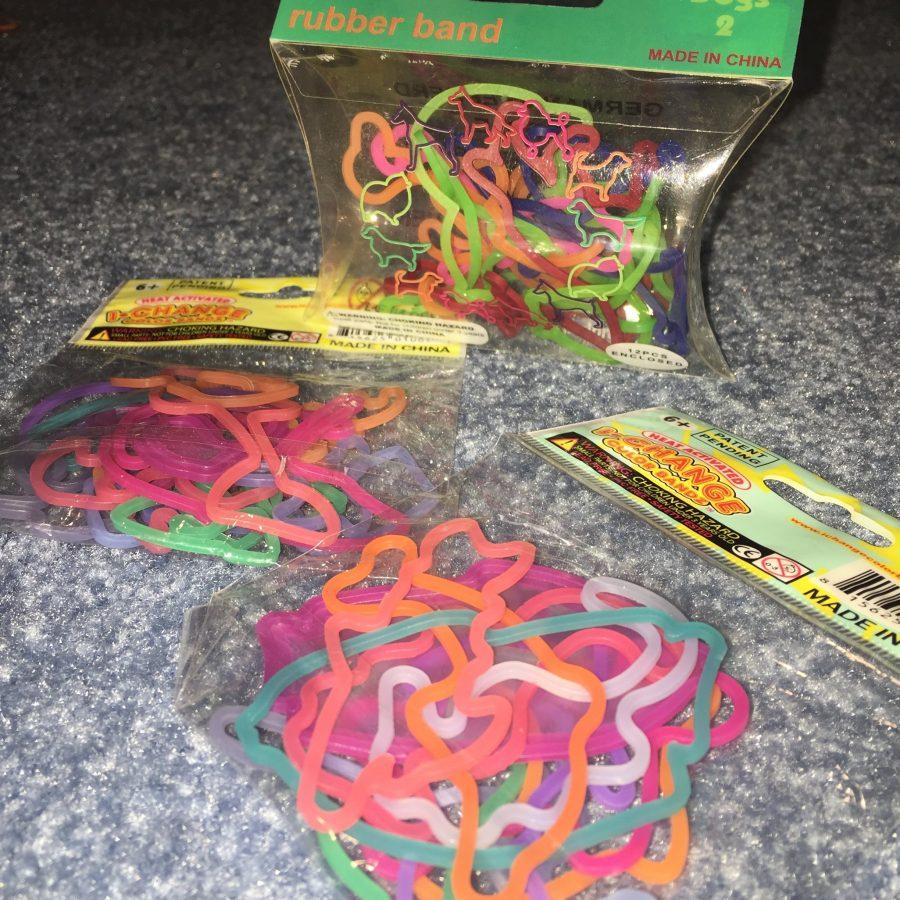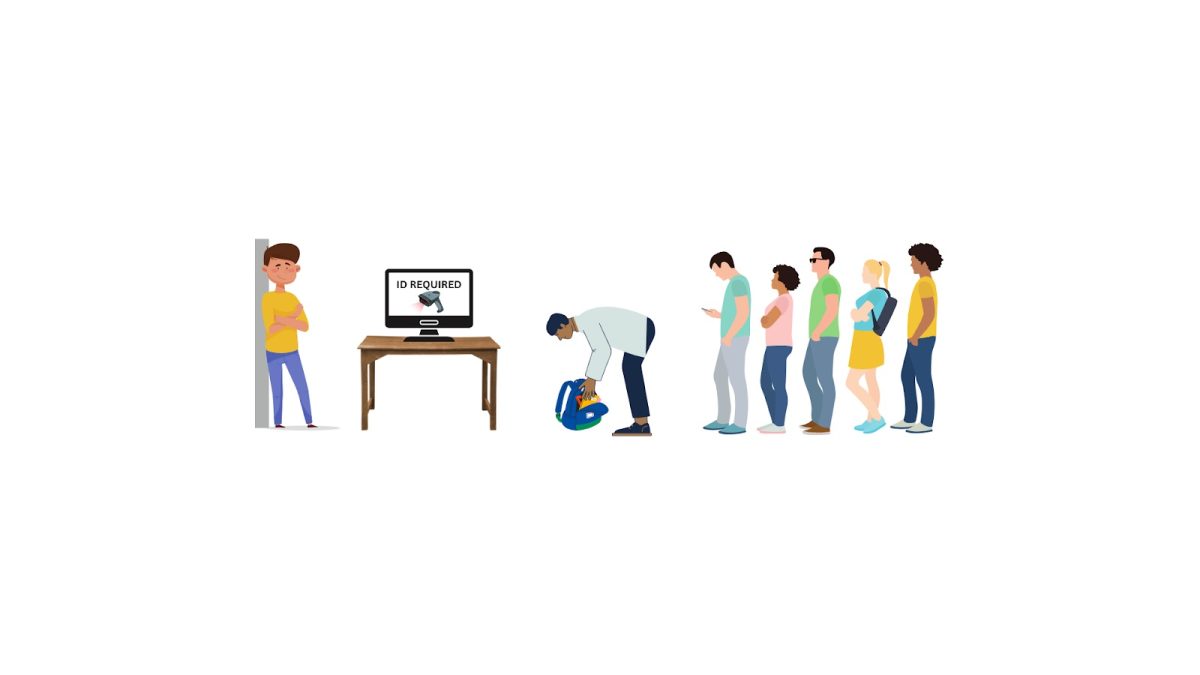Coronavirus Q&A
Everything you need to know about the current pandemic
The coronavirus has taken over the world—literally. The virus is spreading at a rapid pace, placing some countries under quarantine, and making its way through the media just as quickly. With rumors as contagious as the virus itself, it is hard to find the facts. Here are the answers to NVOT students’ most asked questions.
Q: What is the coronavirus and where did it come from?
A: What most know as the “coronavirus” is officially referred to as “novel coronavirus” or “COVID-19.” This virus stems from a larger family called the “Coronaviruses;” they are very common and are the causes of mild illnesses among humans, such as an ordinary cold and pneumonia. COVID-19 was first identified in December 2019 and has gone on to spread since then.
The first cases of the coronavirus were linked to a live animal market in Wuhan City, Hubei Province, China. The disease was transferred from animals to humans and continued to spread. This is unlike anything seen in previous cases because there is now a known version of the coronavirus that is susceptible to both animals and humans.
Q: How does it spread?
A: COVID-19 spreads quickly from person-to-person, and can be transmitted between people who are within six feet of each other or from the coughs or sneezes of an infected person.
As of right now, the CDC believes people with COVID-19 are in their most contagious stage when the symptoms appear full-scale. However, it may still be possible for a person to spread the virus before showing symptoms. Although it is not the main way this virus is transmitted, there is also the possibility of contracting the virus through an infected surface or object if you touch your own mouth, nose, or eyes afterward.
Q: How many people have been affected so far?
A: More than 32 countries have experienced outbreaks so far. The data changes hourly, so if you would like up-to-date information, the World Health Organization releases situation reports daily.
WORLDWIDE: March 11, 2020: 118,326 confirmed cases and 4,292 deaths.
USA: March 11, 2020: 1,016 confirmed cases and 31 deaths. Of these cases, 173 were reported from New York, and 15 were reported from New Jersey. Both states have since declared a state of emergency.
Q: How serious is COVID-19?
A: Although COVID-19 is fairly new, it has already affected thousands of people all over the world. It has been labeled as a “pandemic,” meaning that it has grown from being not only an epidemic within a certain region but is a fatal disease spreading globally.
Although COVID-19 has resulted in deaths worldwide, the chances of dying from it are slim. In a recent study conducted in China out of 67 patients with confirmed COVID-19 and admitted to the ICU, only 1.4% died. Older adults and people who have severe underlying chronic medical conditions like heart or lung disease or diabetes seem to be at higher risk for developing more serious complications from COVID-19 virus.
Q: How do I know if I have COVID-19?
A: An individual with the virus will develop symptoms anywhere from 2 to 14 days after he or she contracts it. Symptoms include fevers, coughing, and shortness of breath, though the virus’ symptoms are not always visible. COVID-19 reported symptoms have ranged from mild to severe illness, and in some cases death. However, just because someone is showing signs of these symptoms, it does not mean that he or she has contracted the coronavirus—it could just be a different kind of upper respiratory infection.
Q: How do I prevent it?
A: Although there is currently no vaccine for COVID-19, there are precautions you can take that may help you avoid the illness or exposure to it. The following procedures are recommended by the CDC as “everyday preventive actions to help prevent the spread of respiratory diseases.”
1. Avoid close contact with people who are sick.
2. Avoid touching your eyes, nose, and mouth.
3. Stay home when you are sick.
4. Cover your cough or sneeze with a tissue, then throw the tissue in the trash.
5. Clean and disinfect frequently touched objects and surfaces.
6. Wash your hands often with soap and water for at least 20 seconds.






































